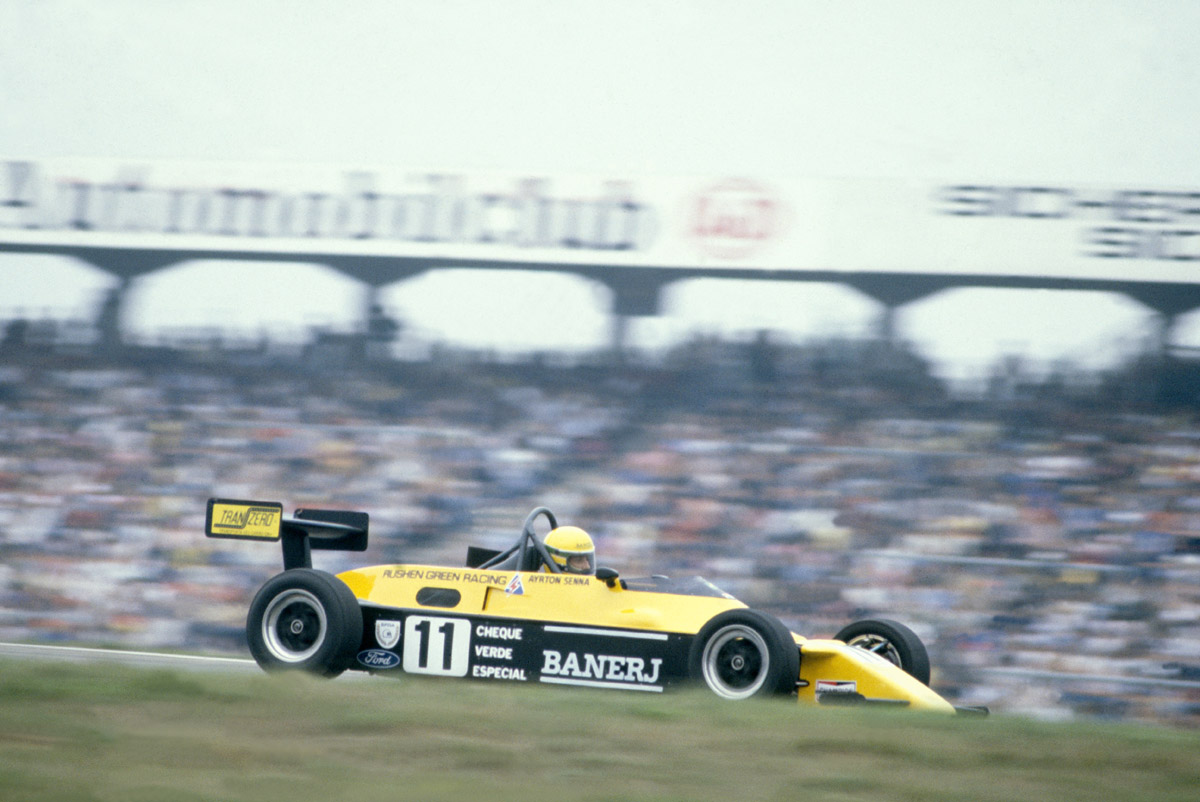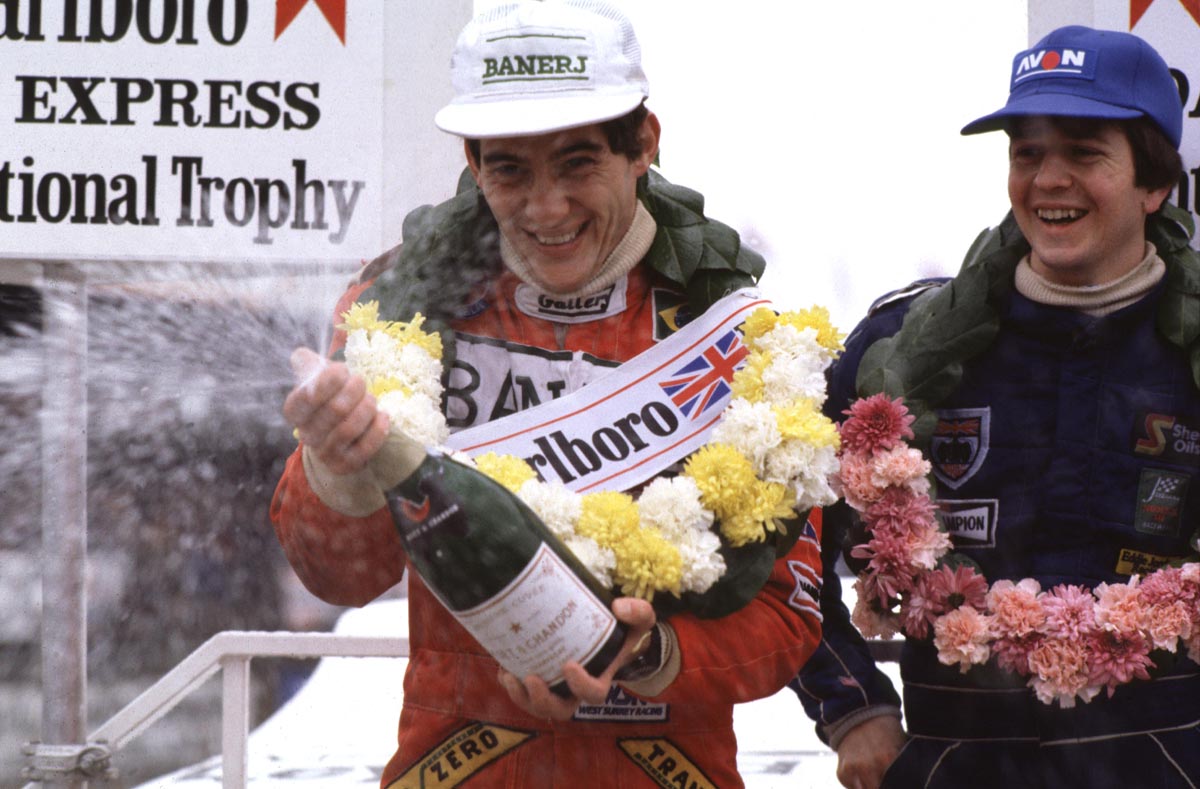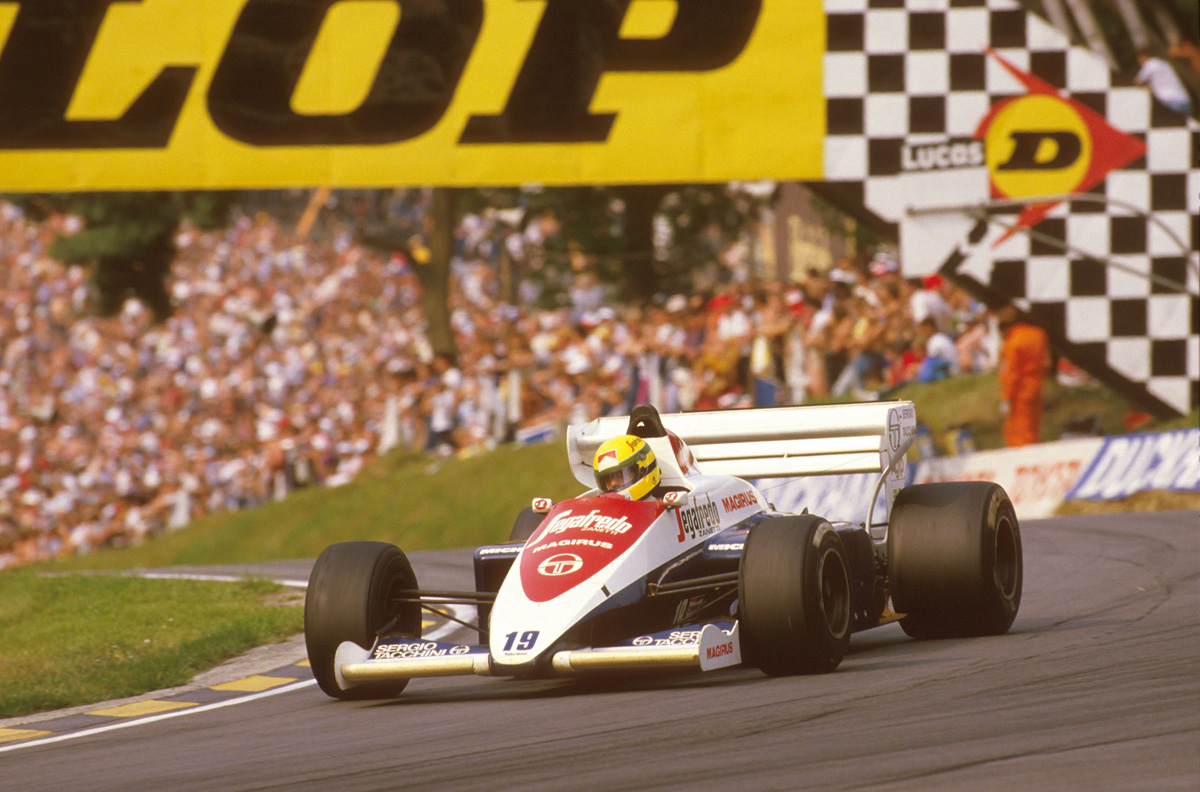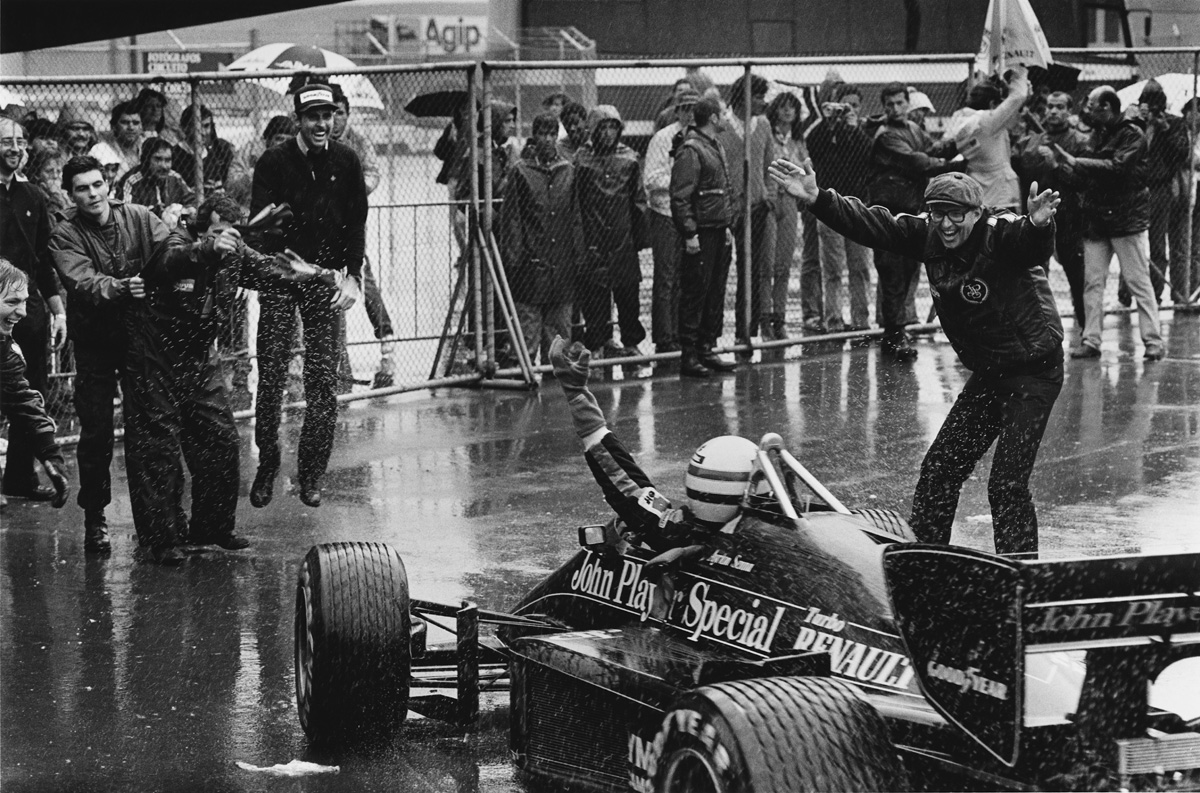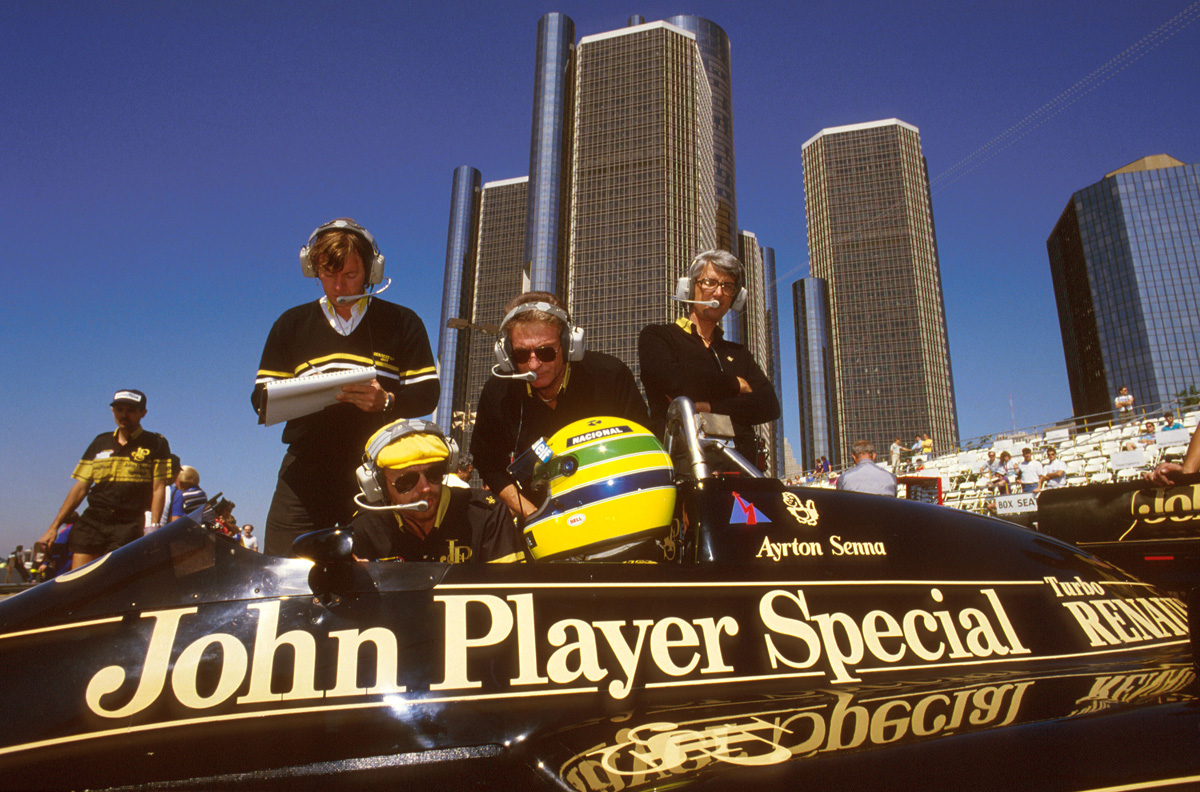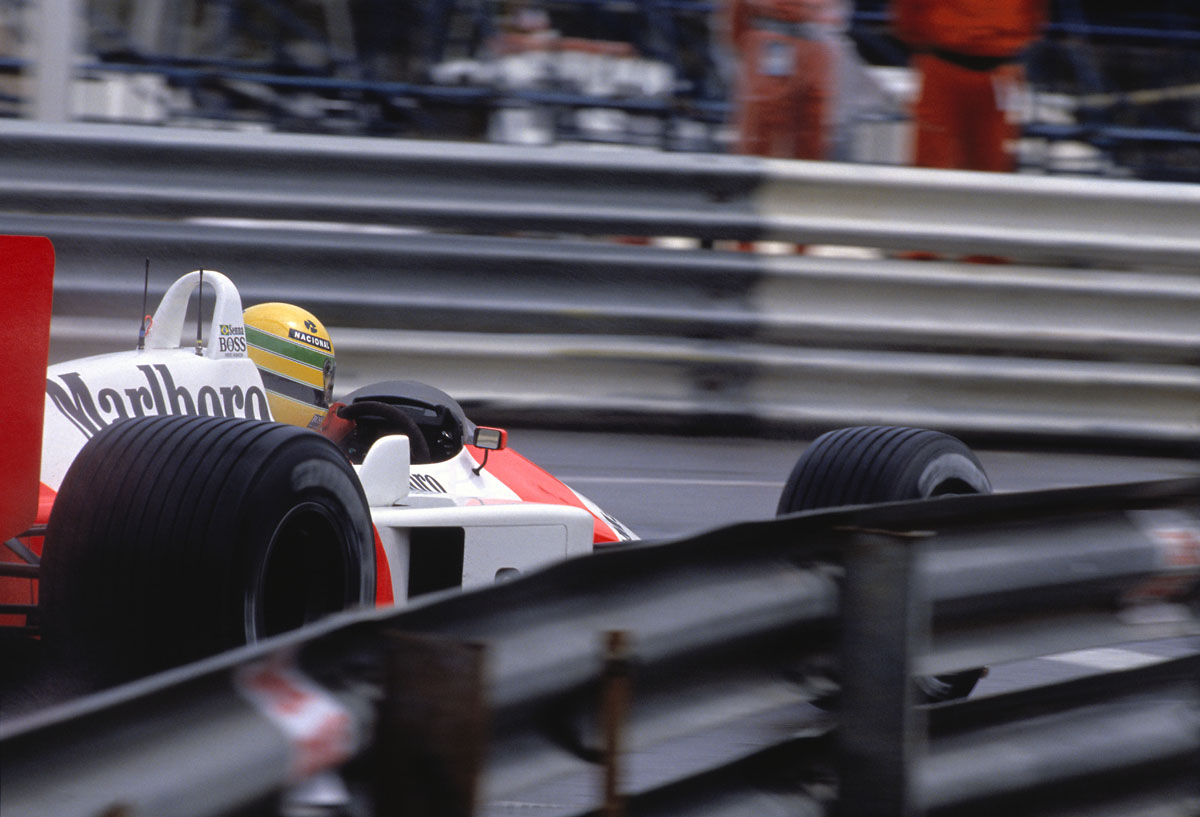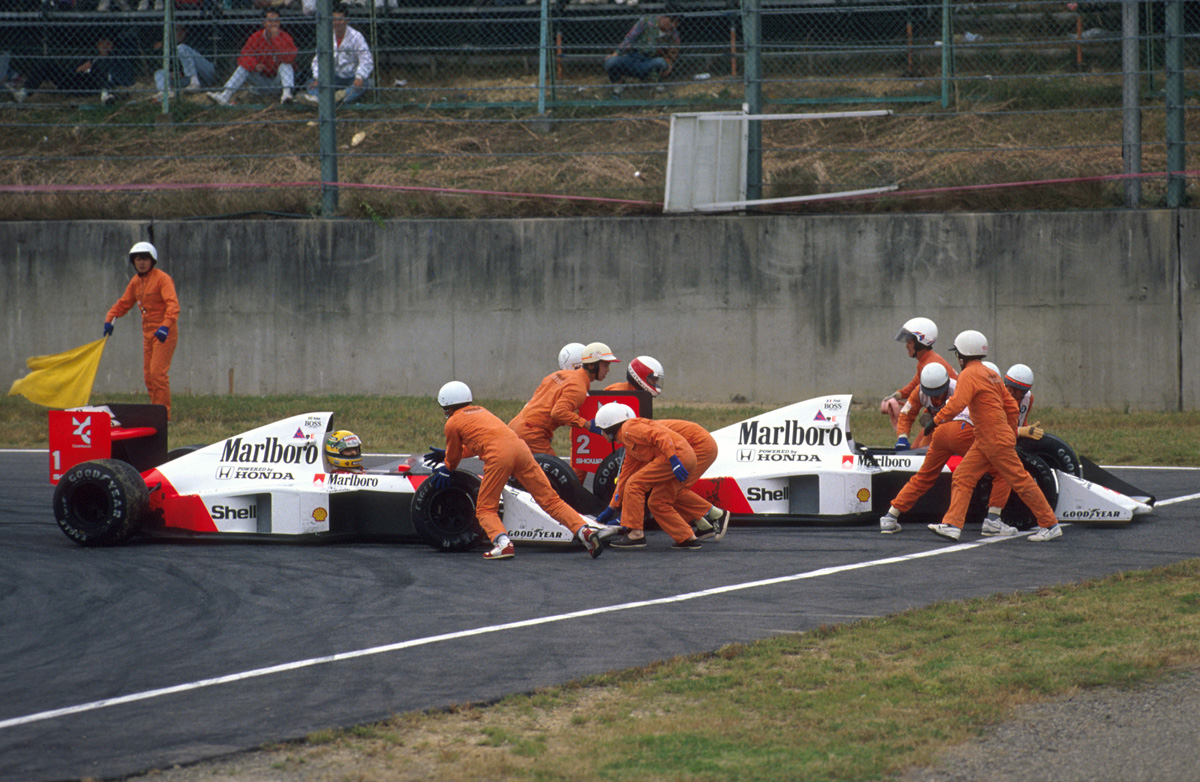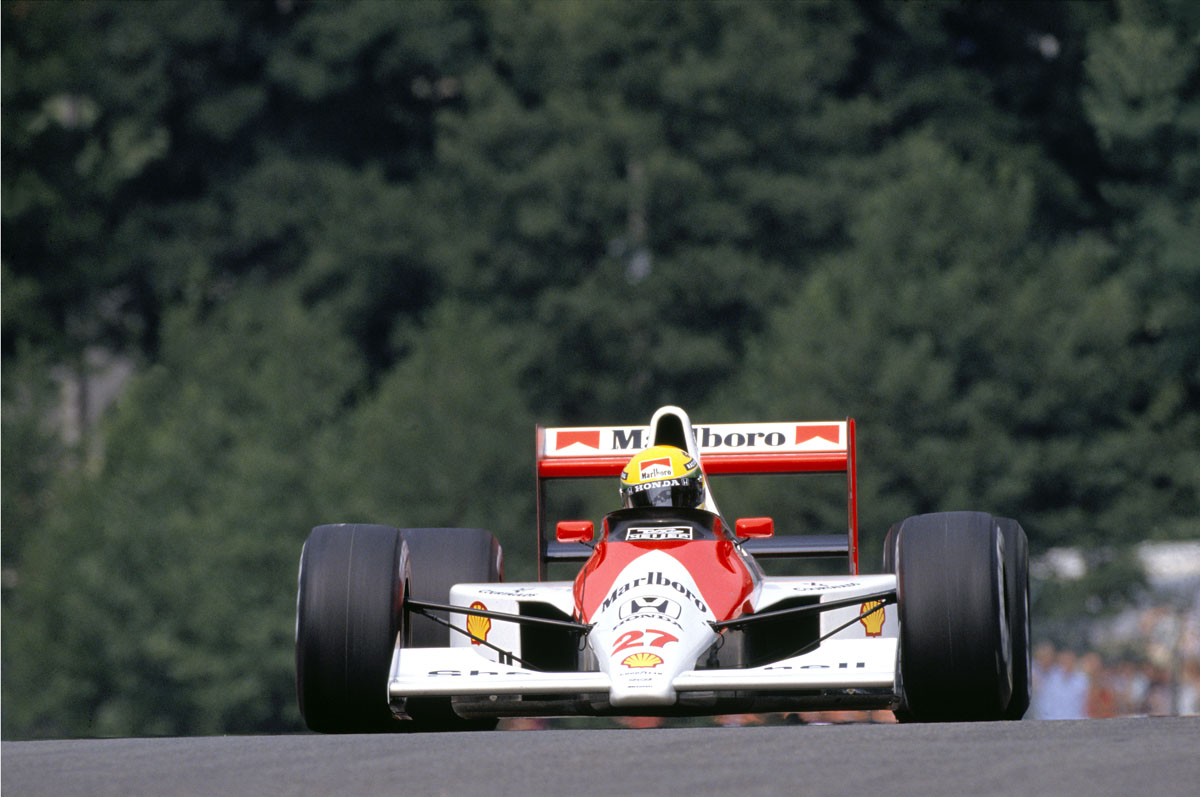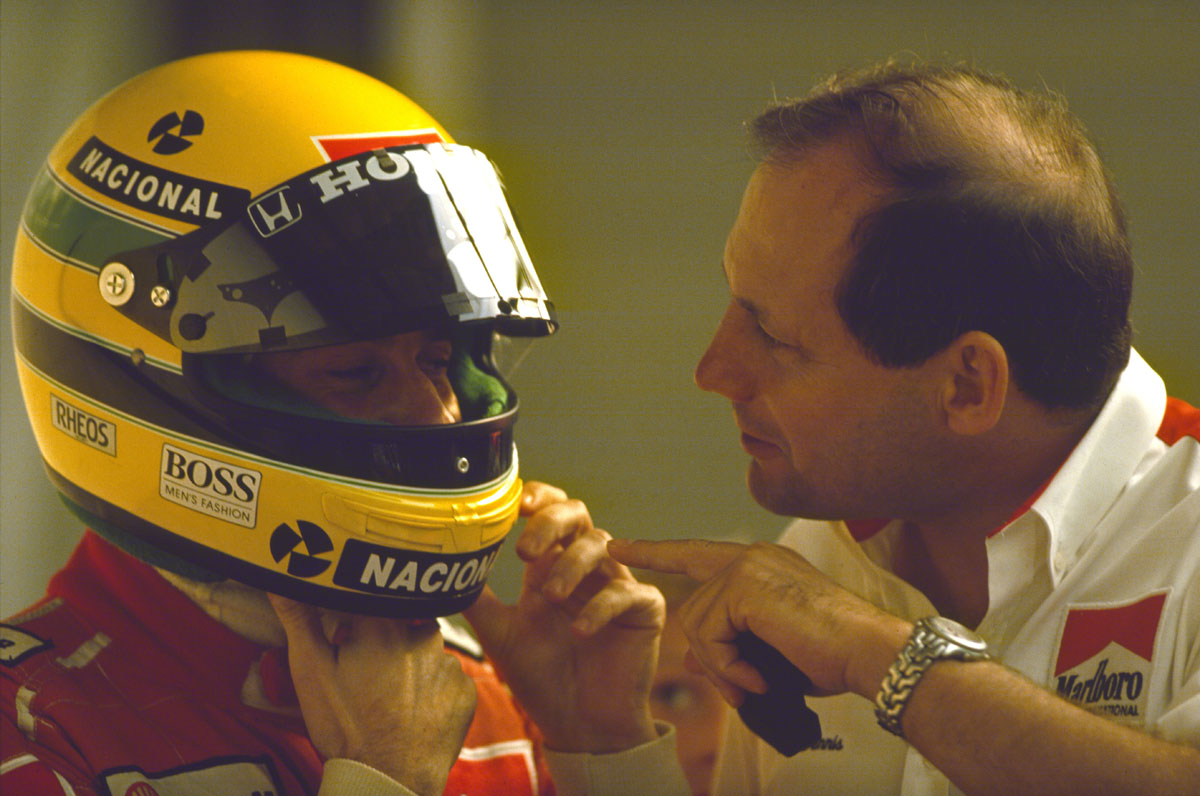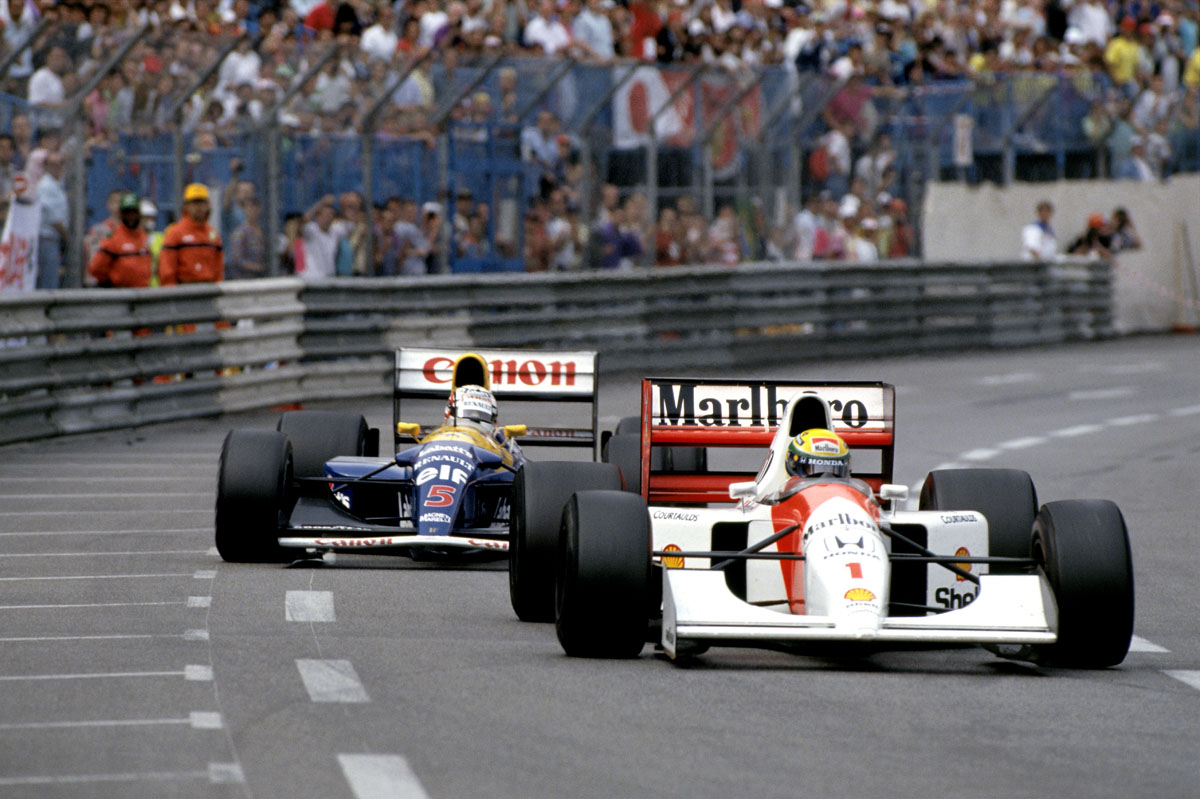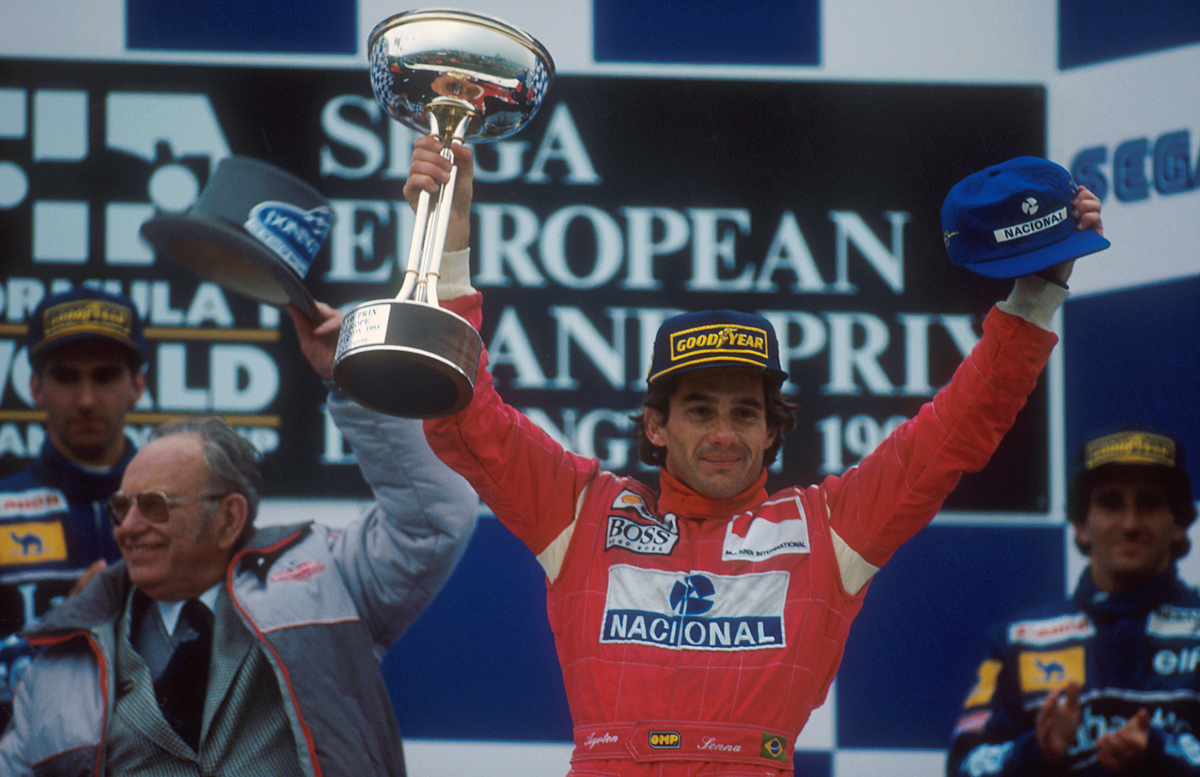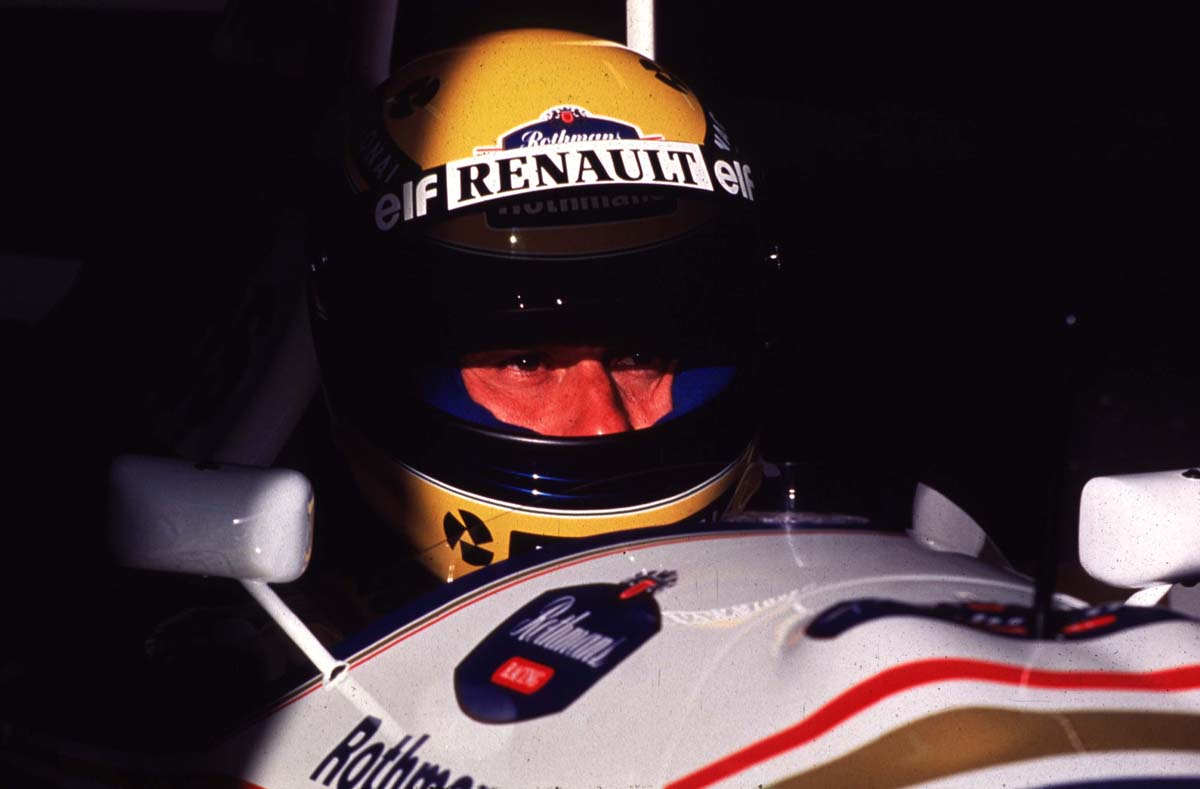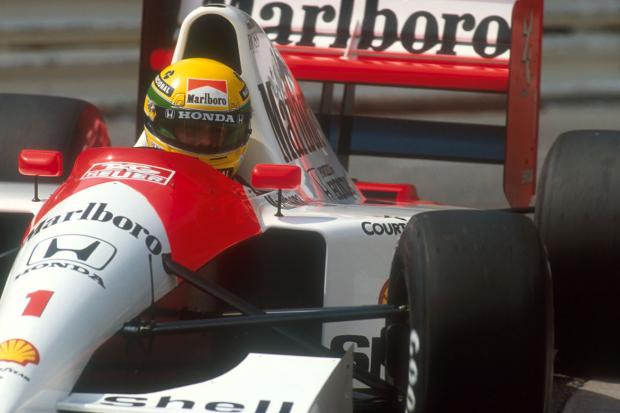
It seems barely credible that 20 years have passed since Ayrton Senna died in an accident at the San Marino Grand Prix. The Brazilian was the most charismatic and naturally gifted driver of his generation, becoming World Champion three times and taking 41 Formula One victories – as well as 65 pole positions.
Most of his wins came during his time with McLaren. He drove for the British team between 1988 and 1993, and for the first two years had Alain Prost as his teammate. It was one of the strongest pairings of all time – McLaren almost claimed a clean sweep of victories through the ’88 season – but soon descended into a bitter feud.
Senna’s career encompassed the turbo era, the move to atmospheric engines, and the beginnings of the electronic driver aids that he so detested. His artistry enabled him to adapt to whatever he was given to drive, and take his place among the all-time greats.
Despite a long career in karting, Senna moved into cars having never won that category’s World Championship. He arrived in Britain for the 1981 season, winning the FF1600 title before moving to FF2000 in ’82. He is shown above in that year at Hockenheim, on his way to the British and European crowns.
